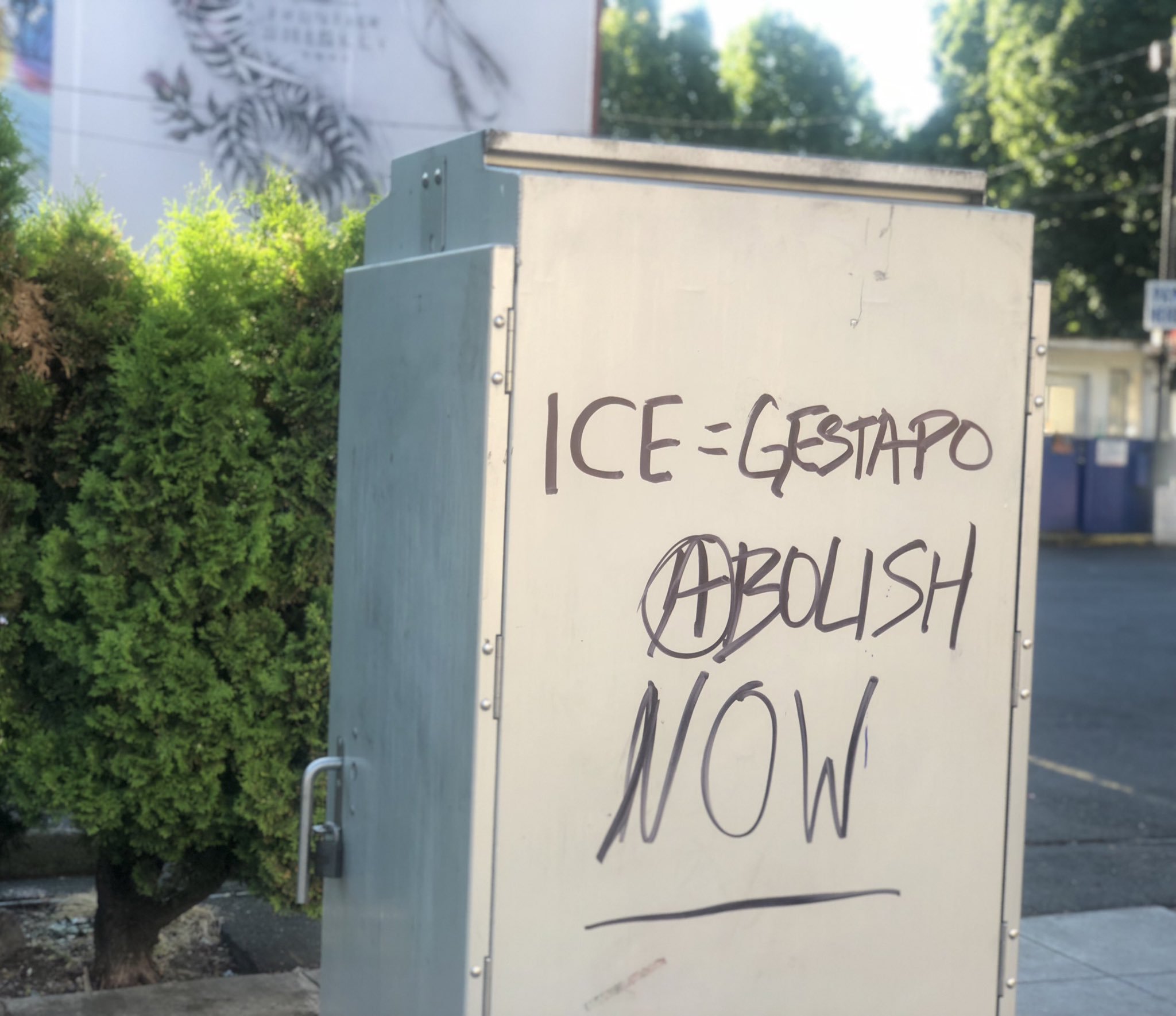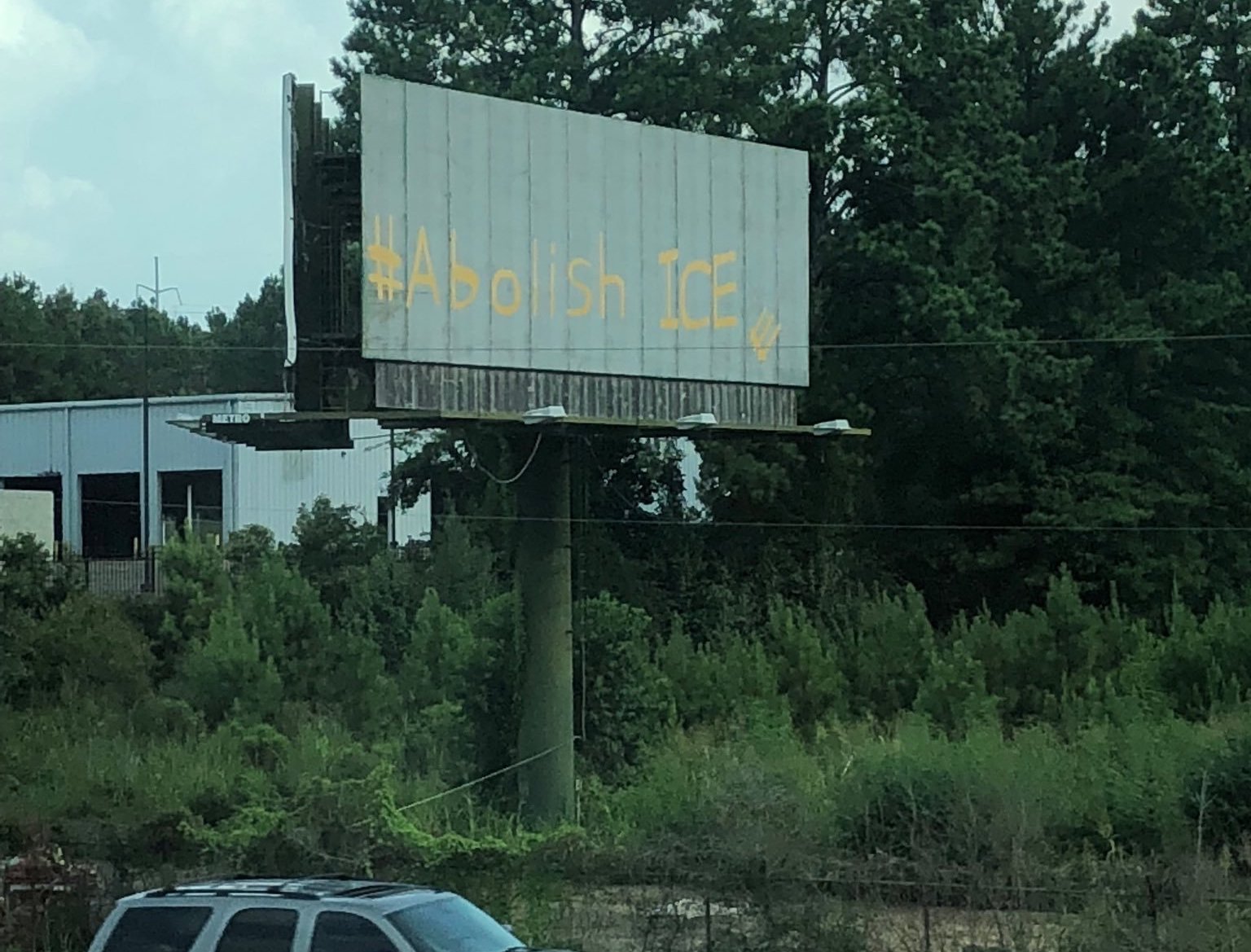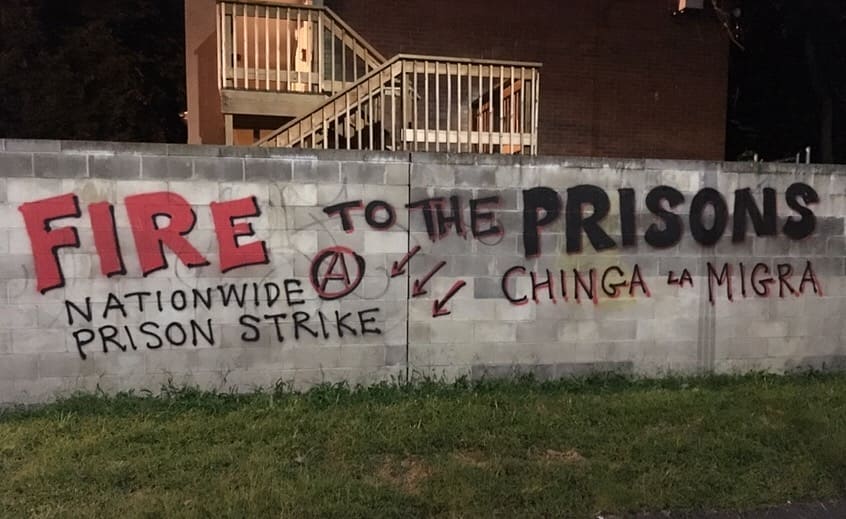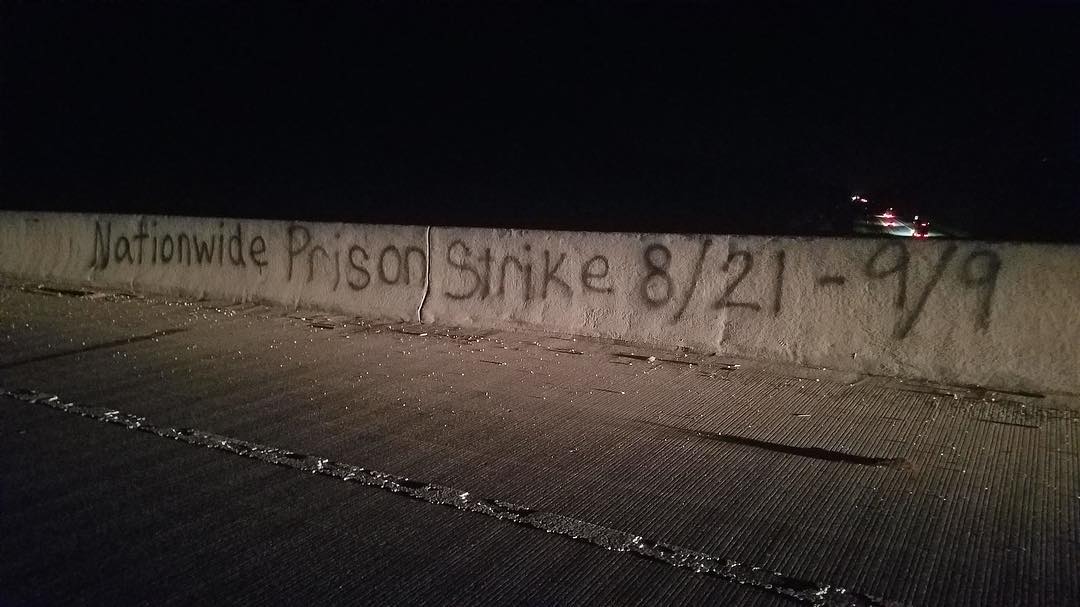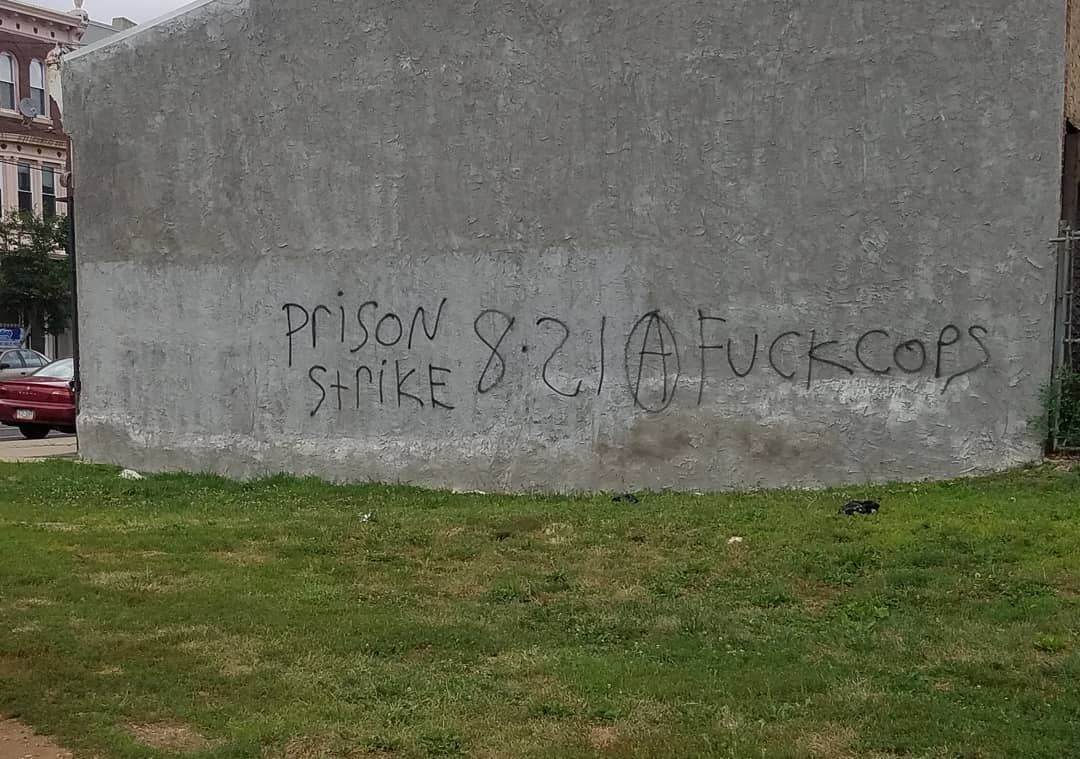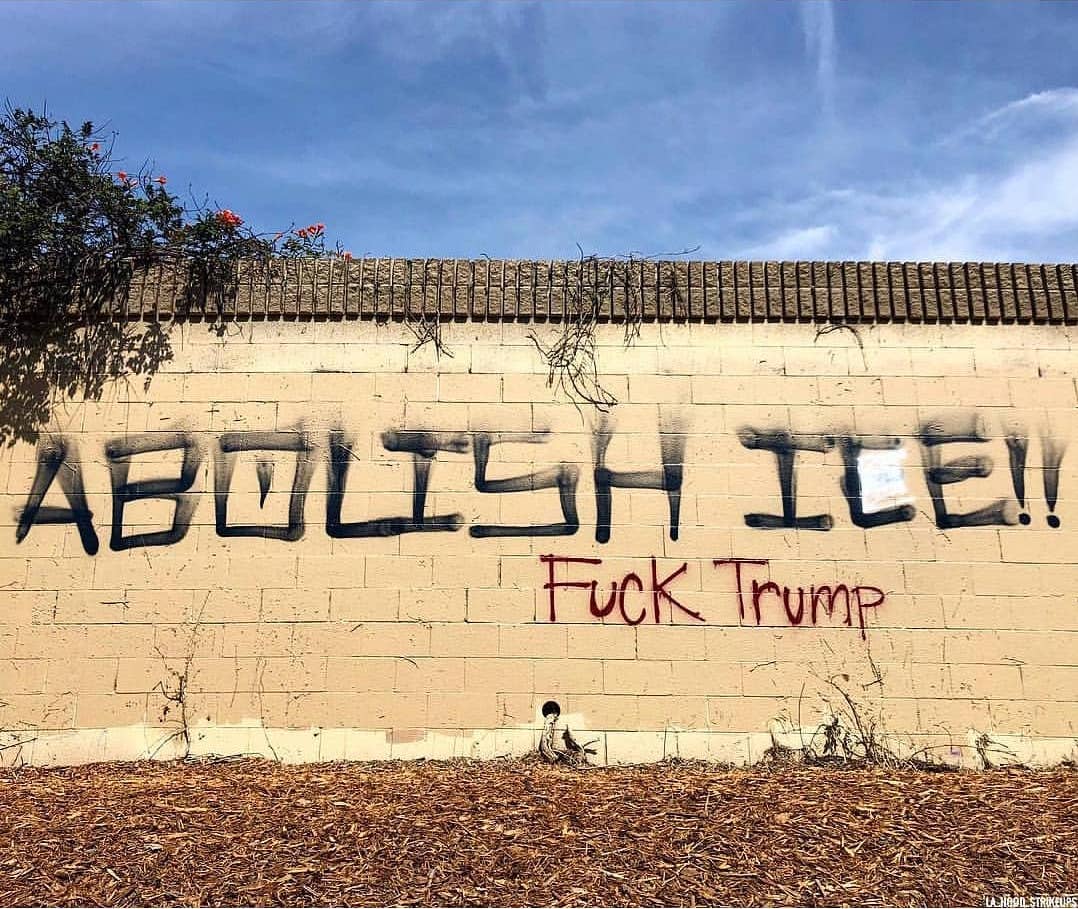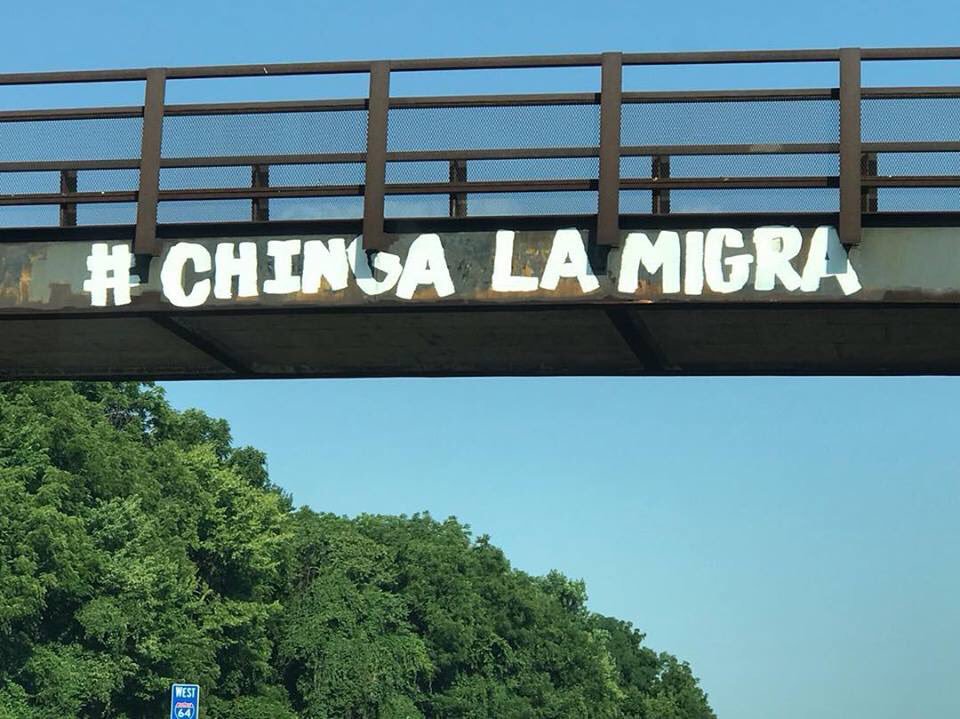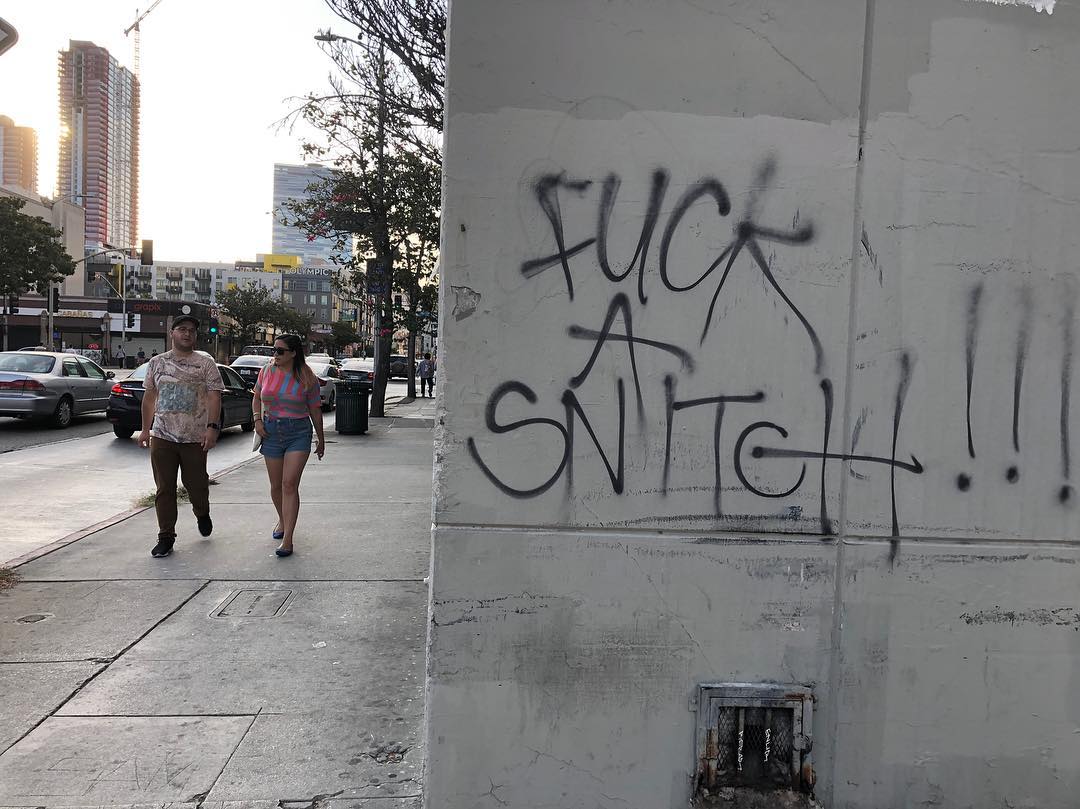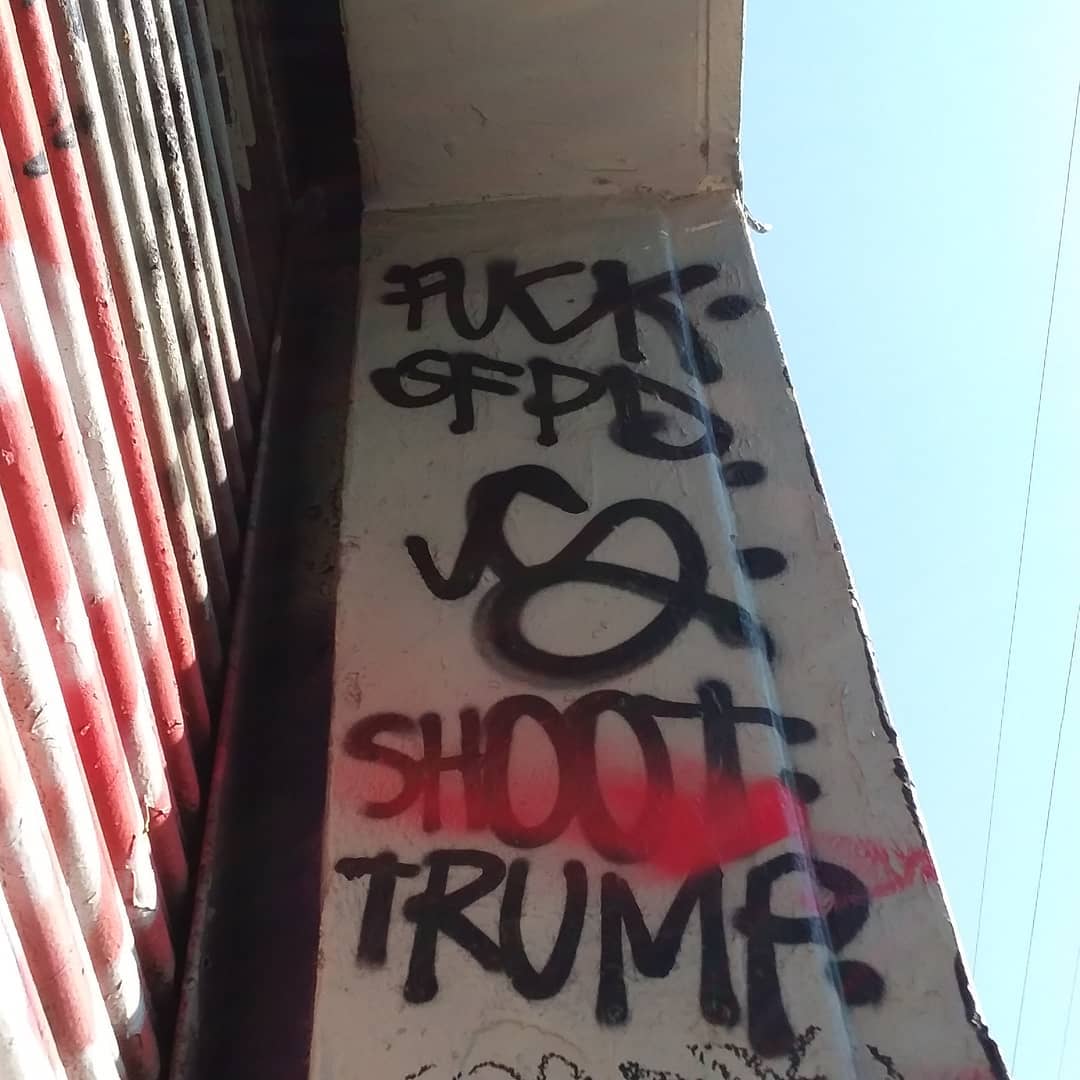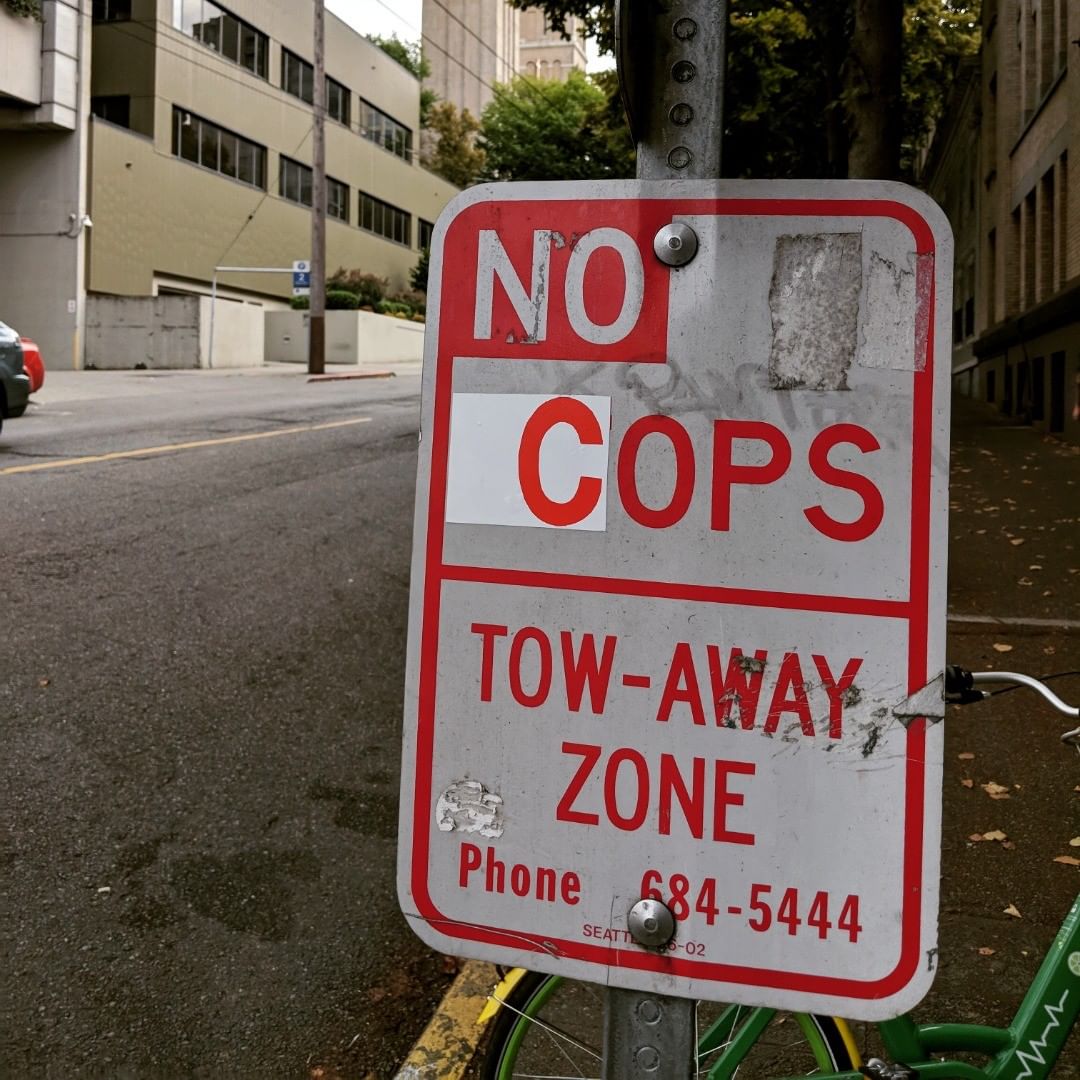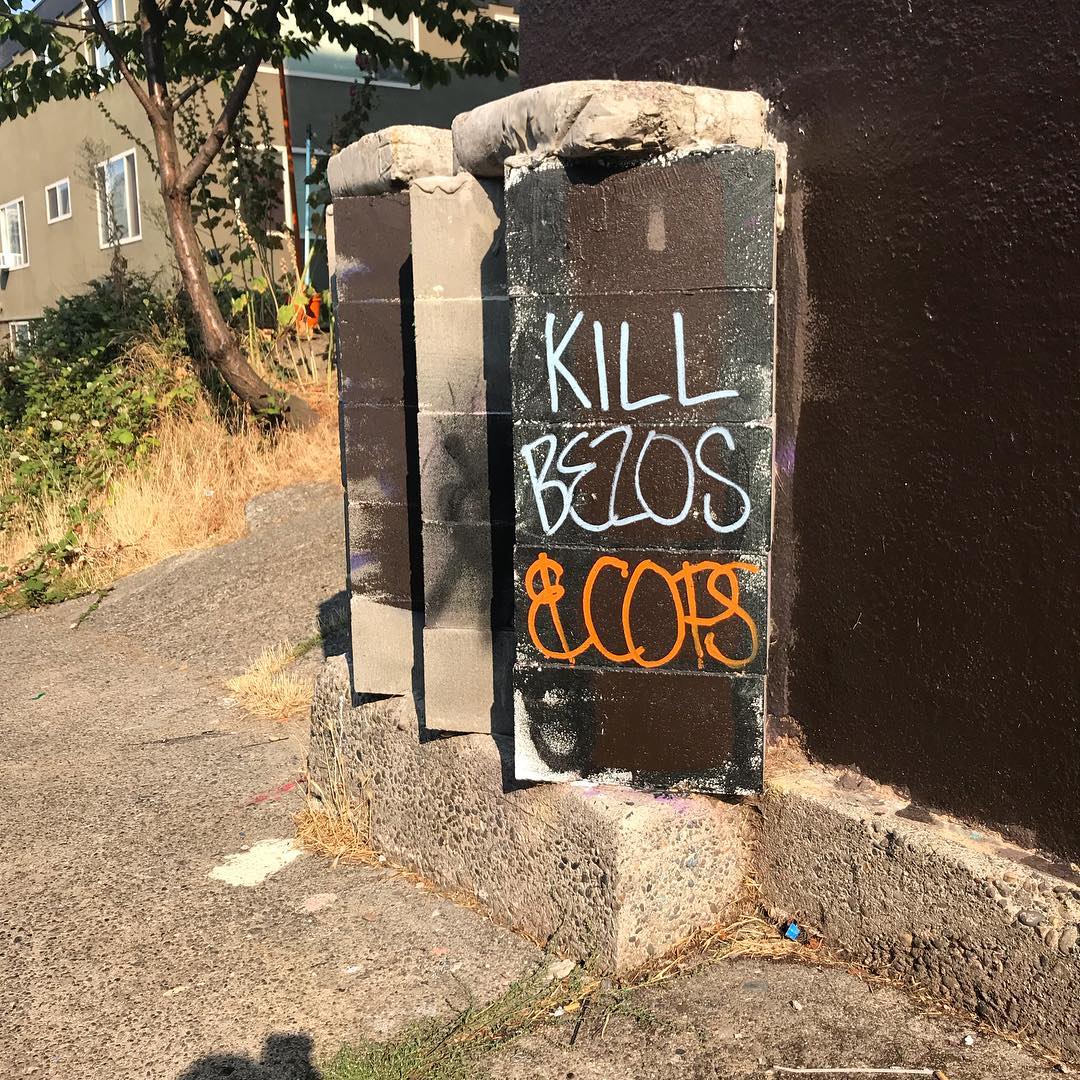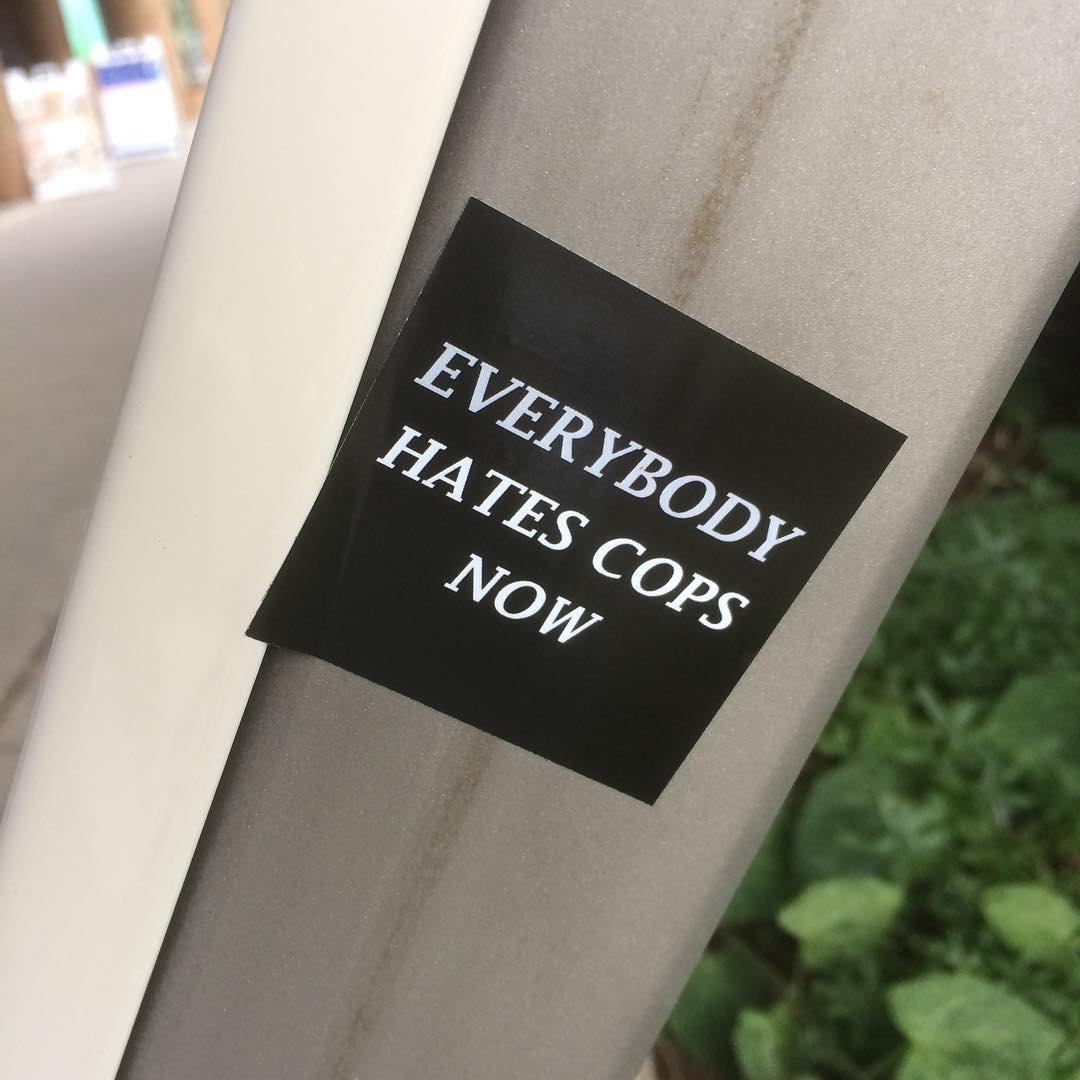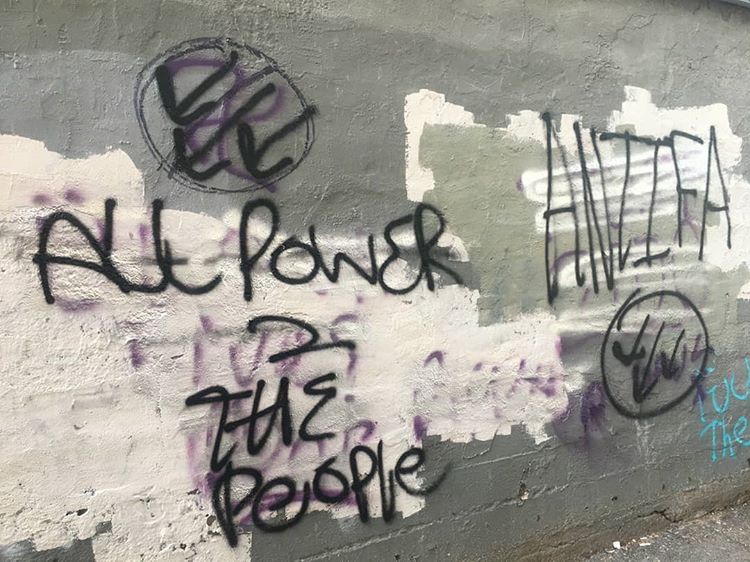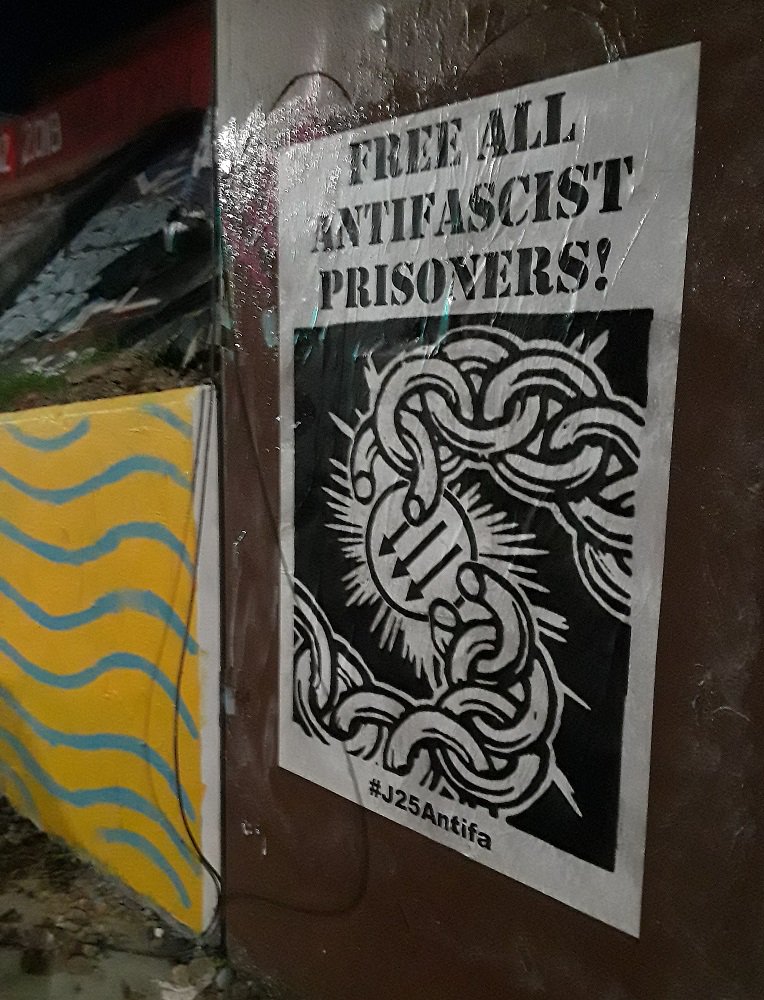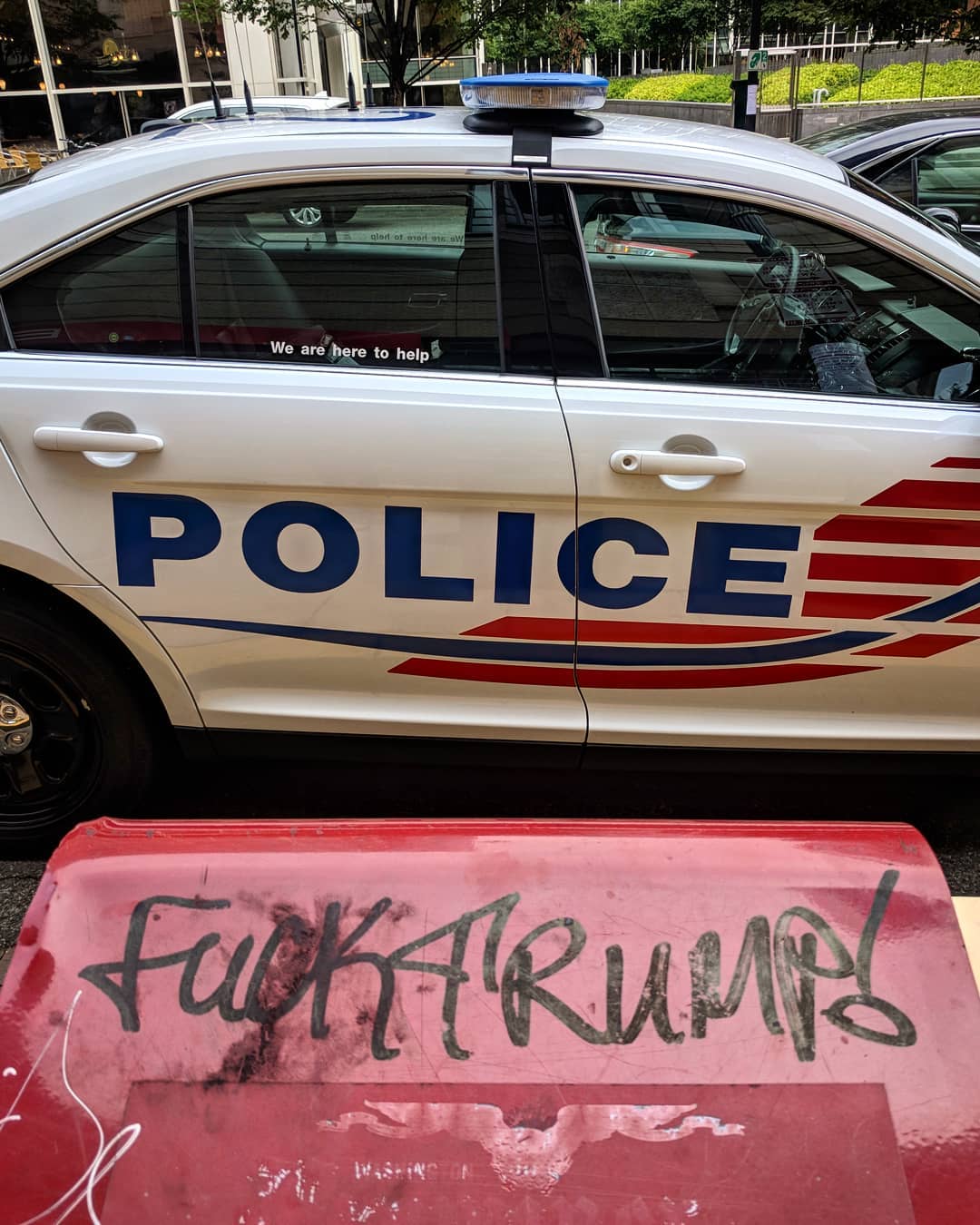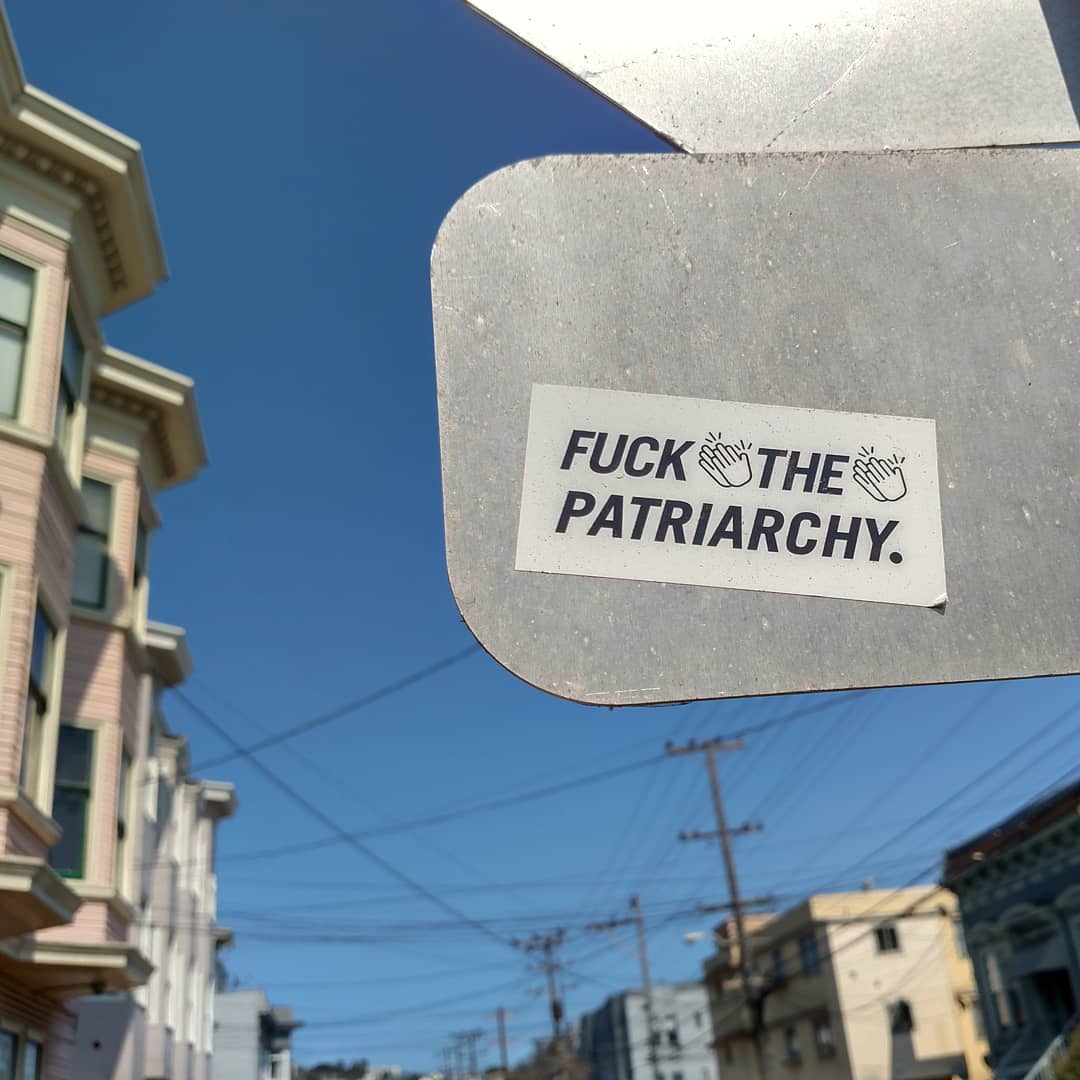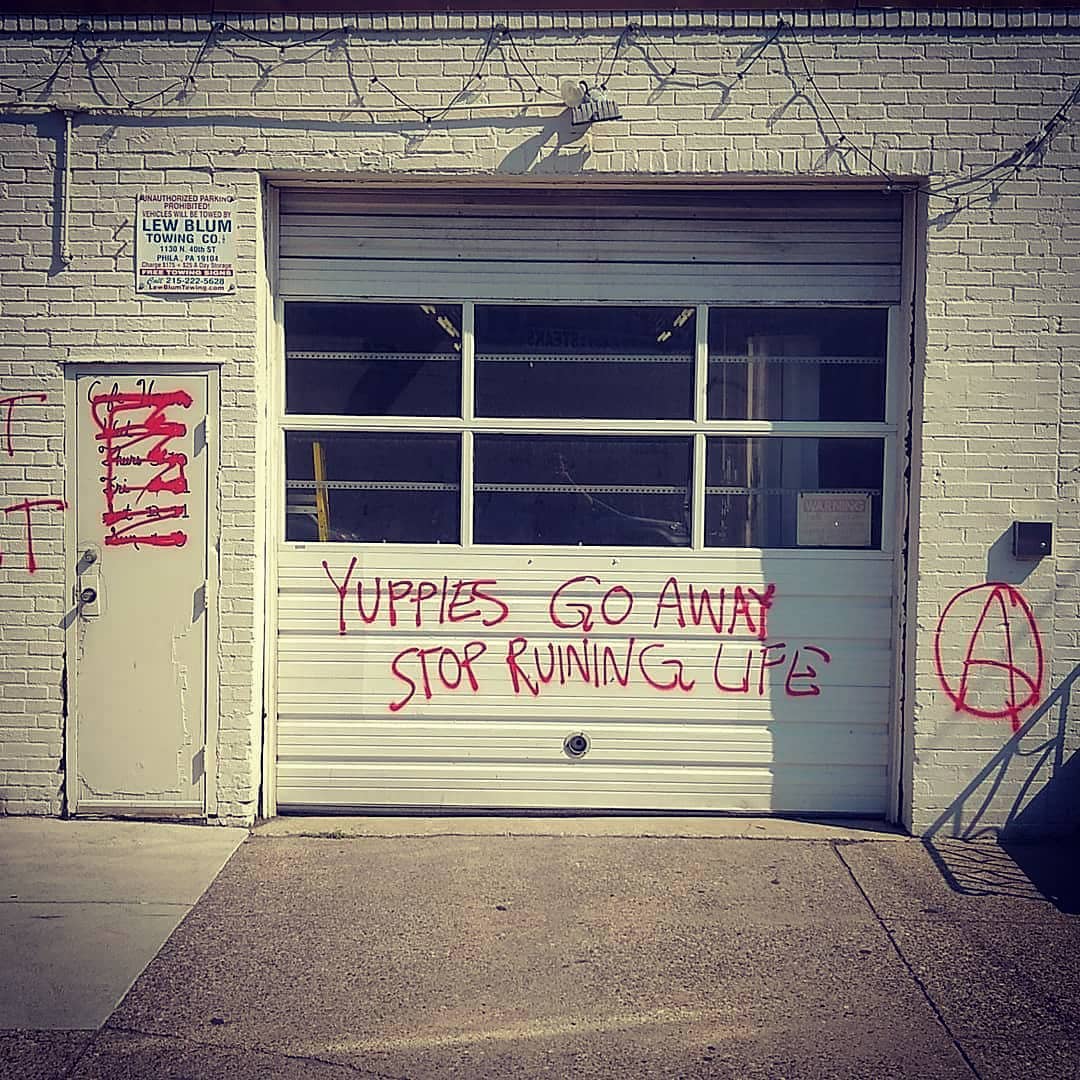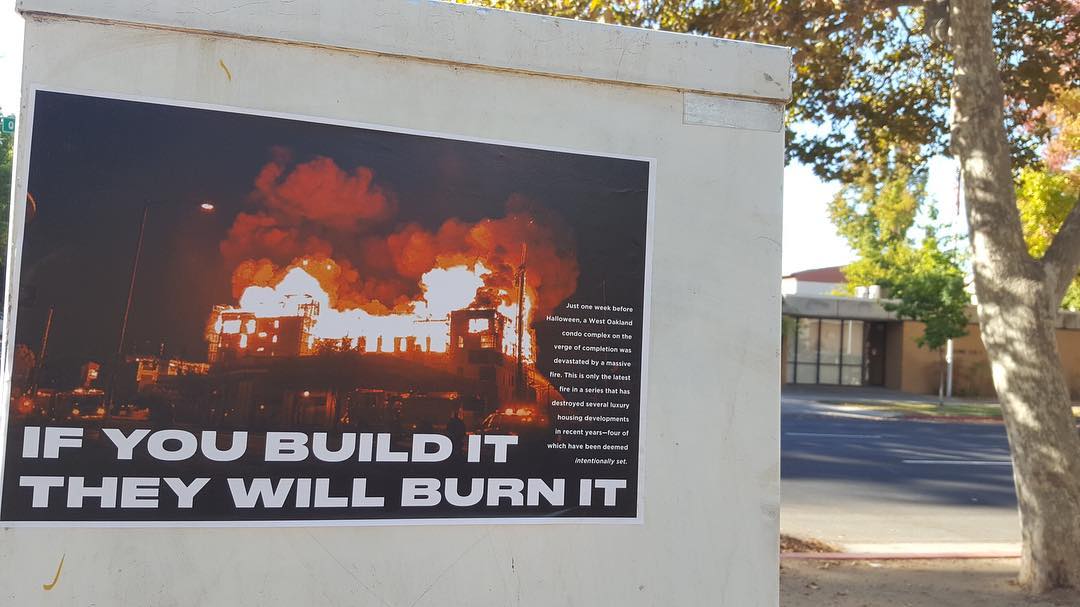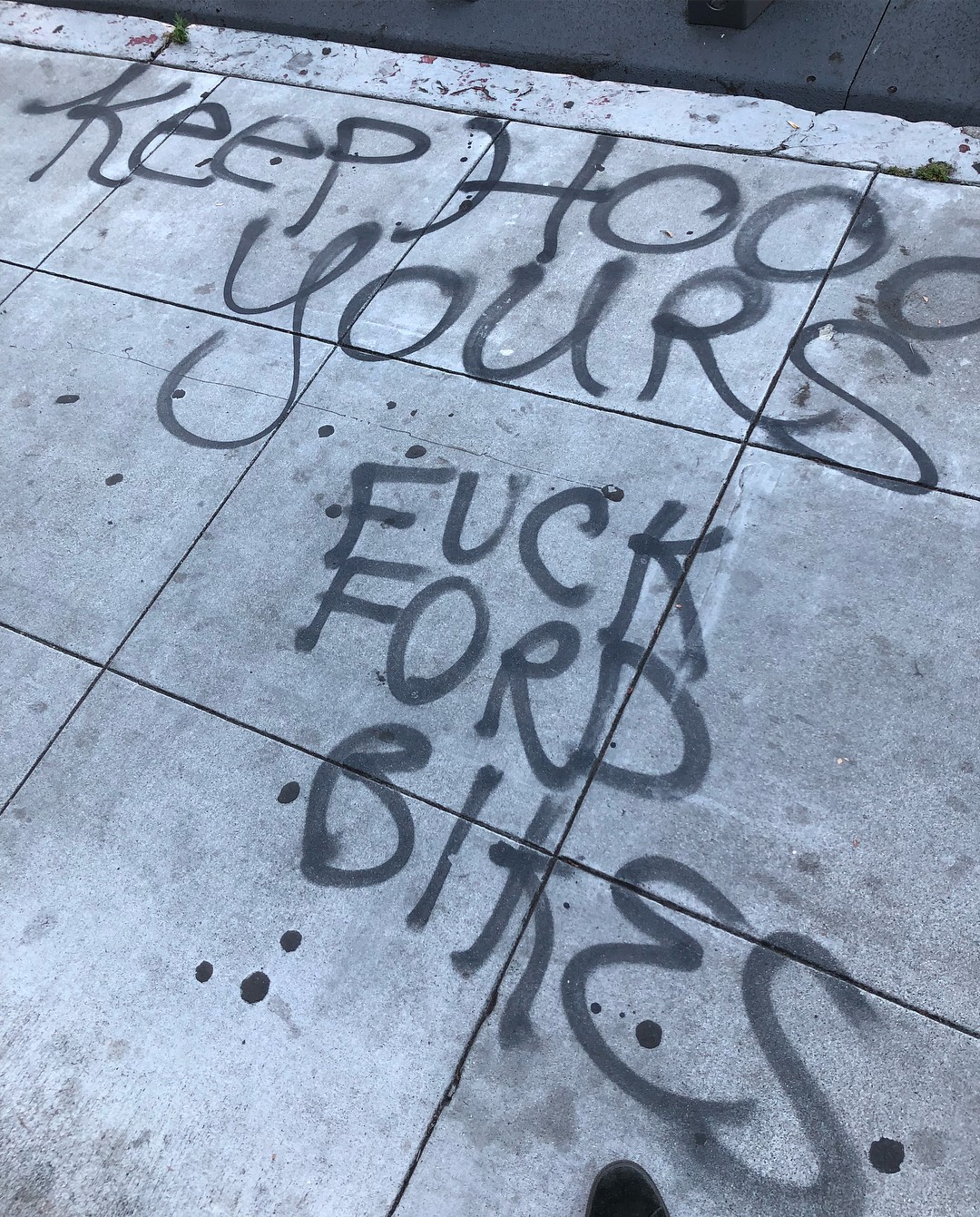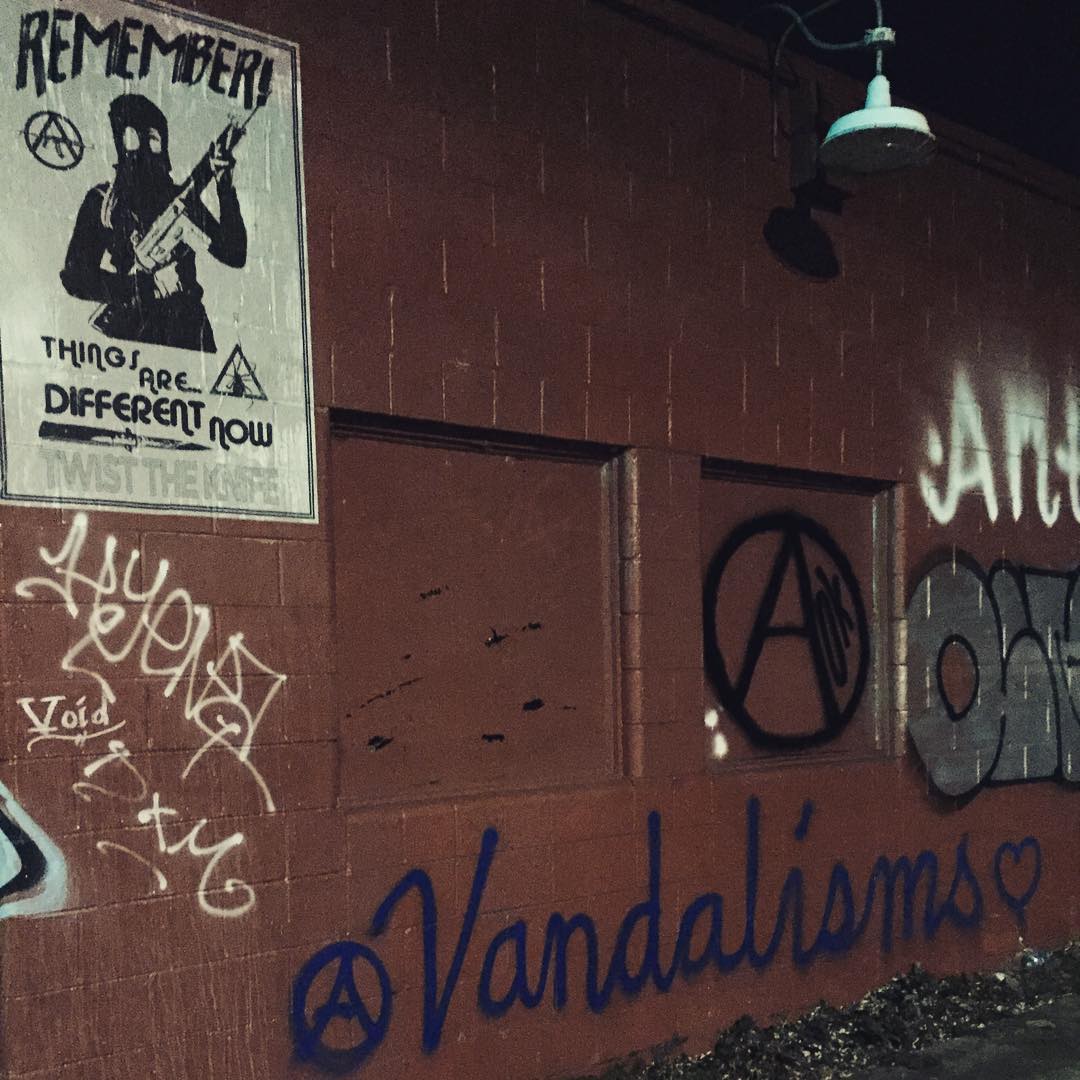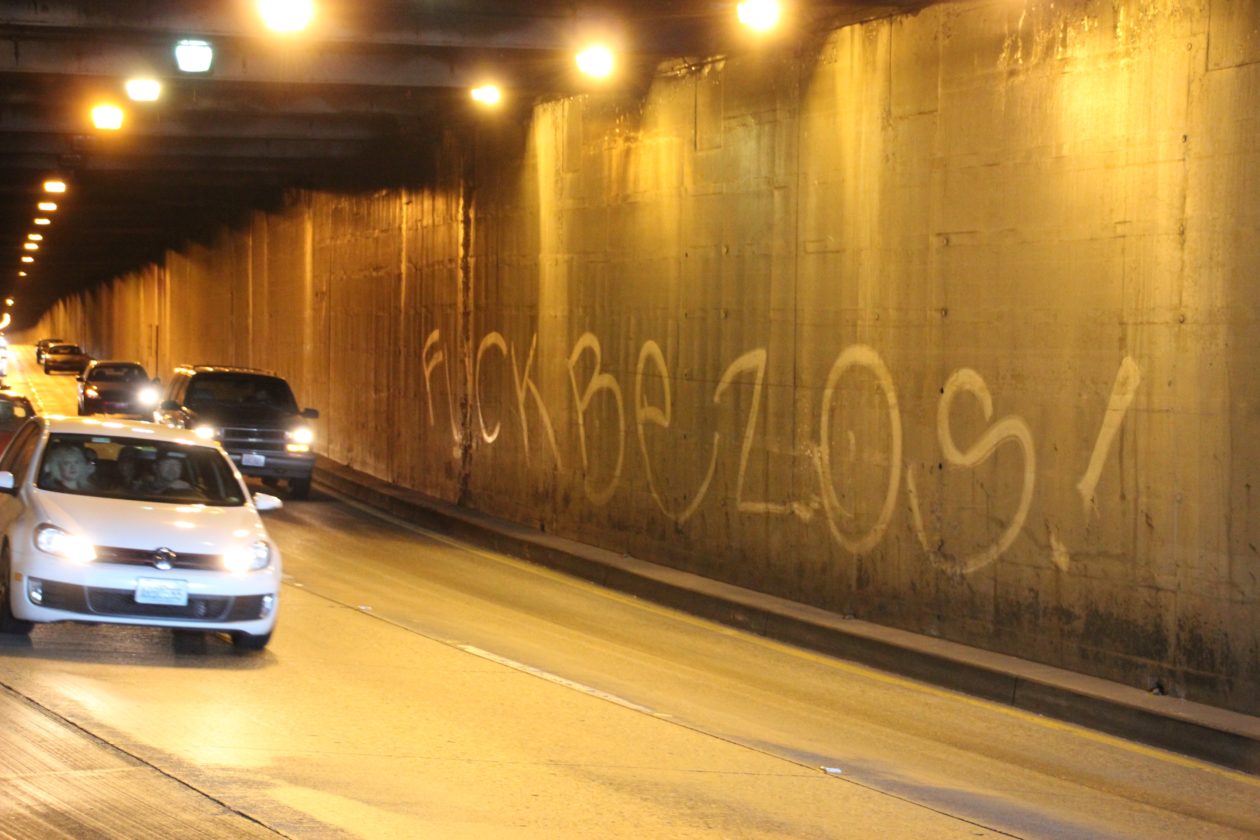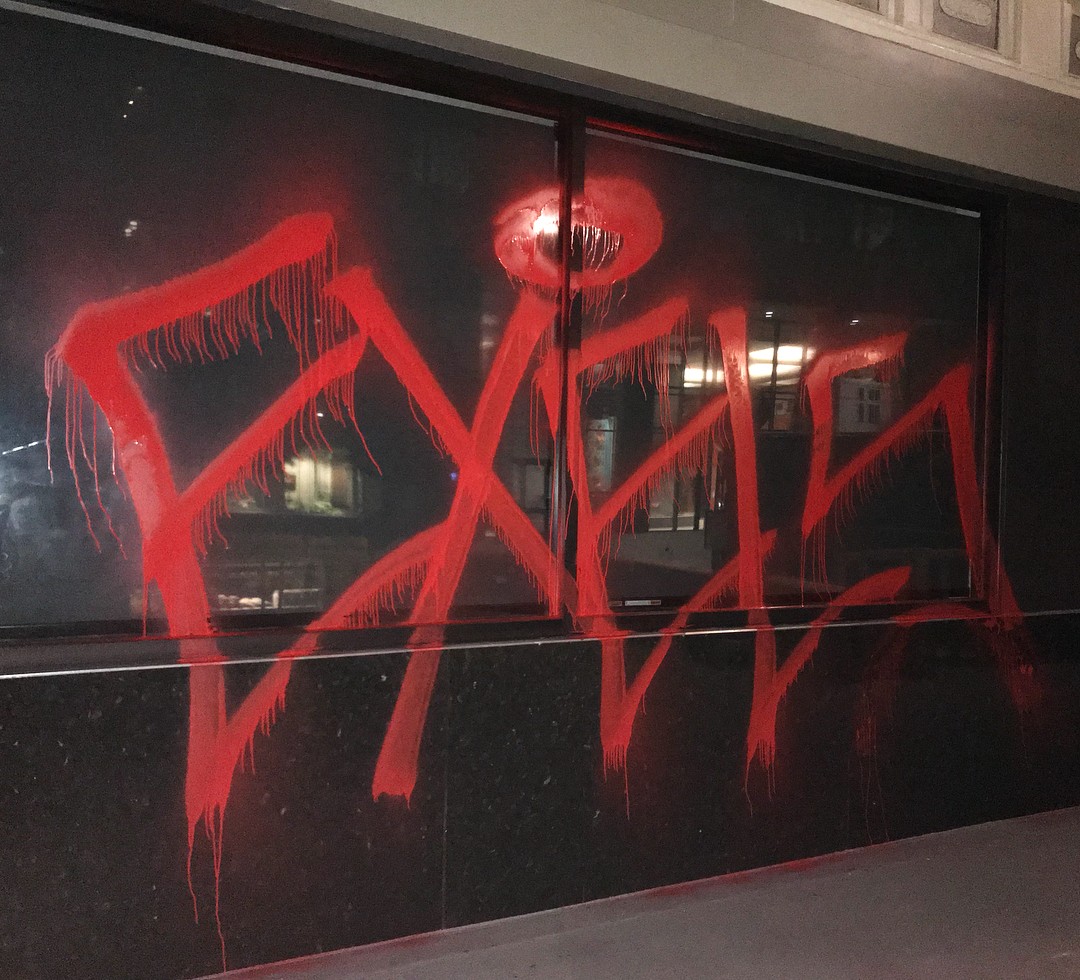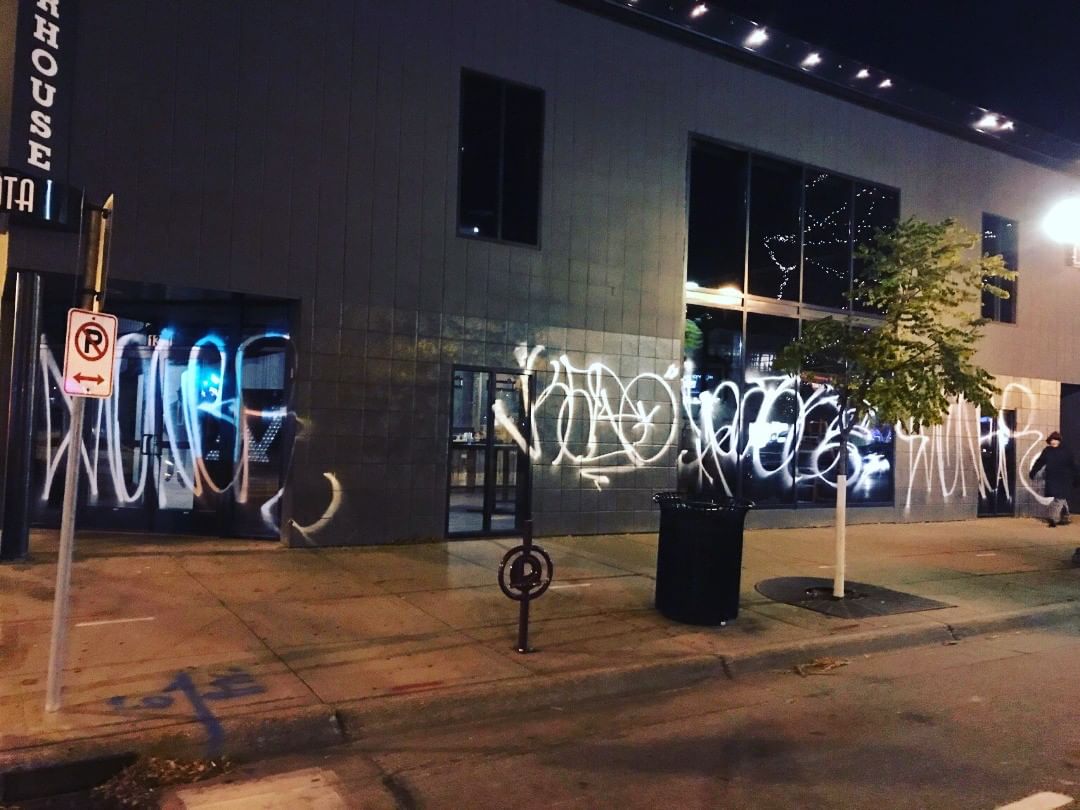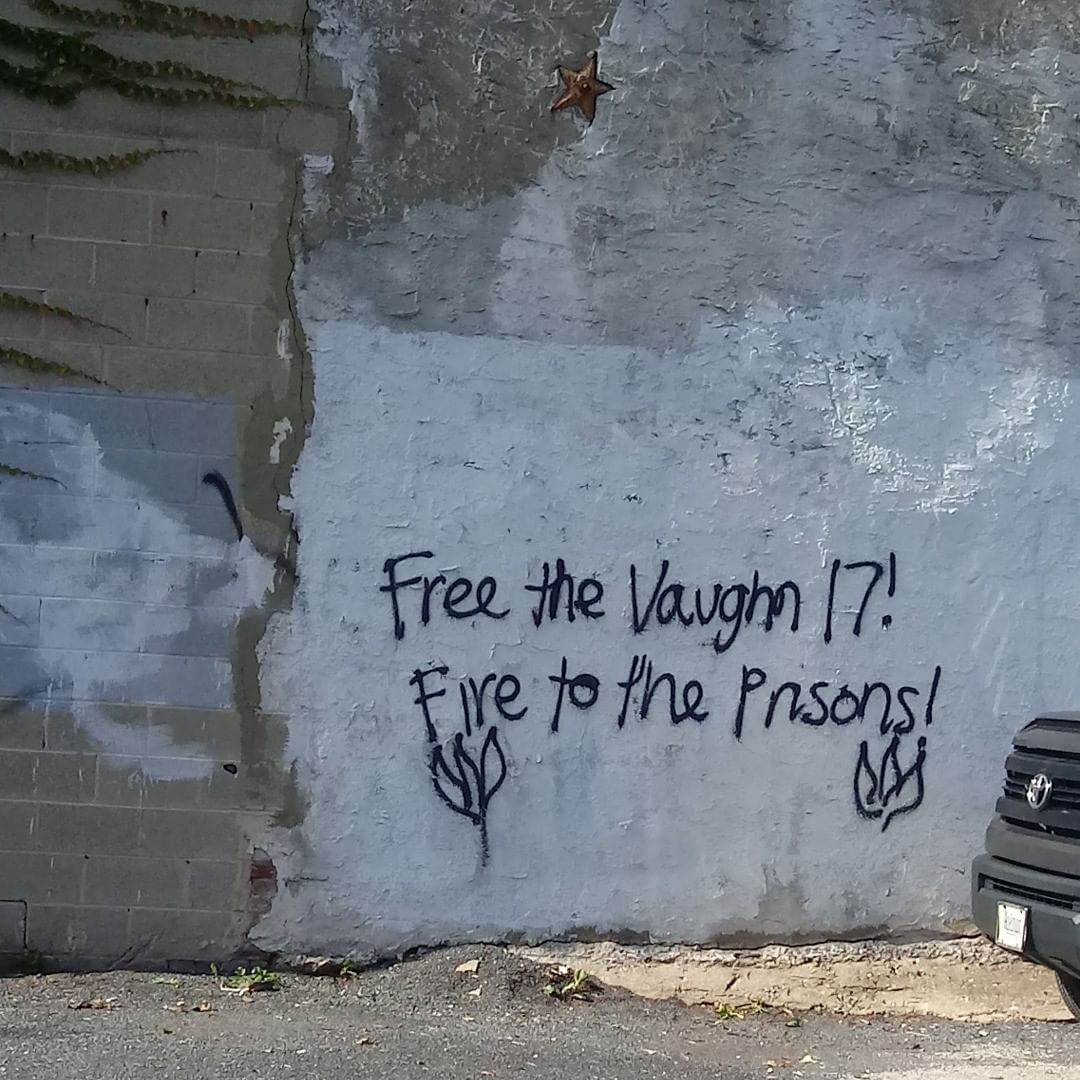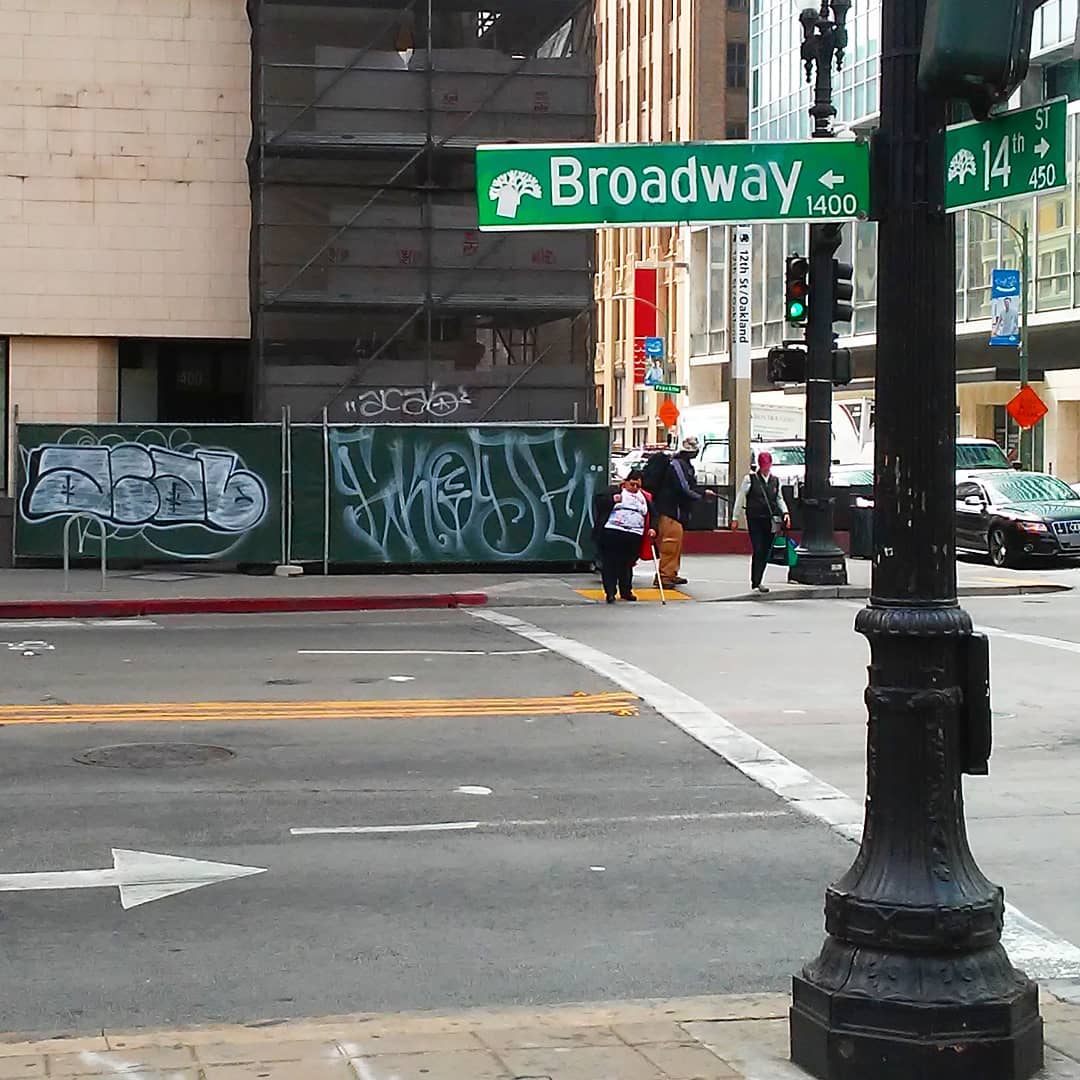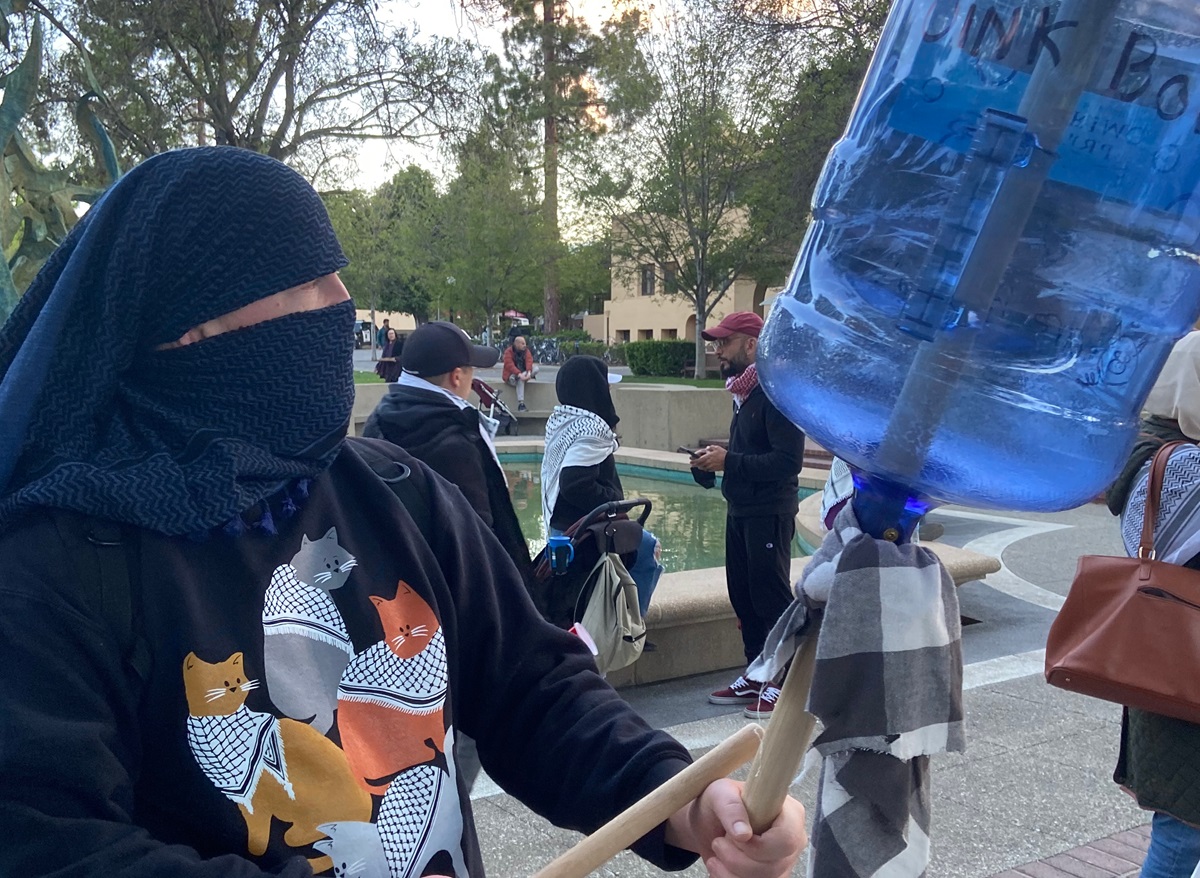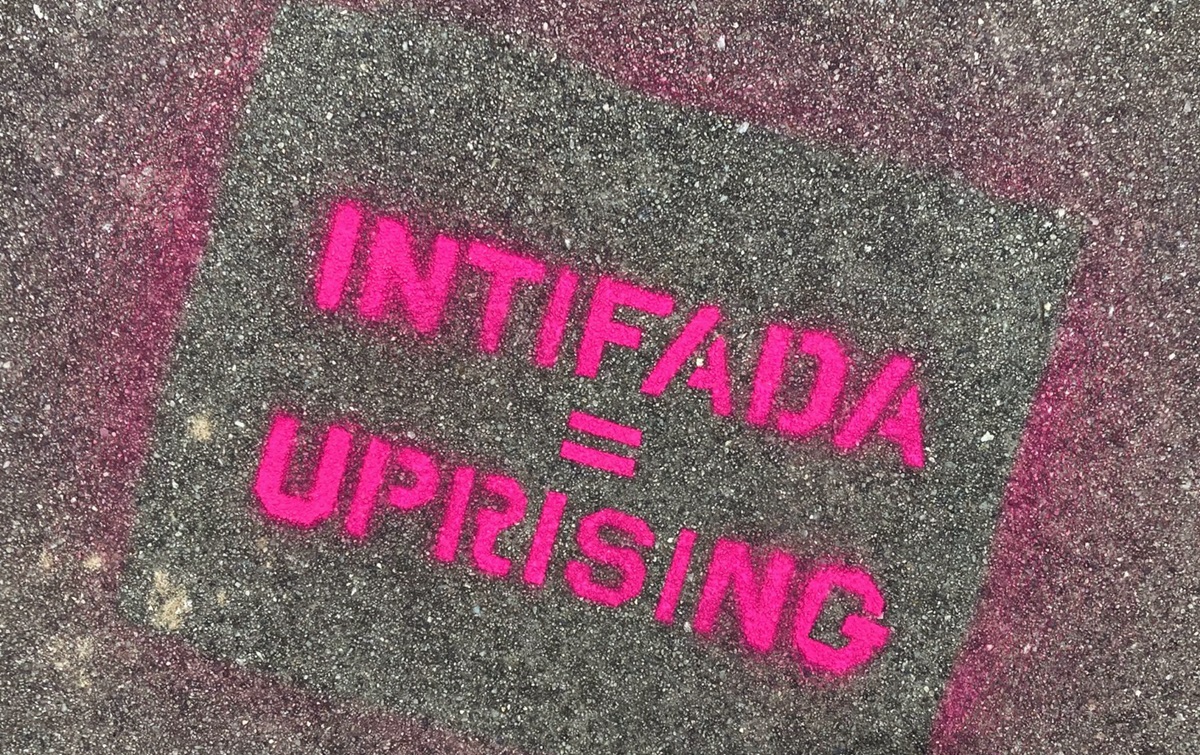Filed under: Featured, Graffiti, Vandalisms
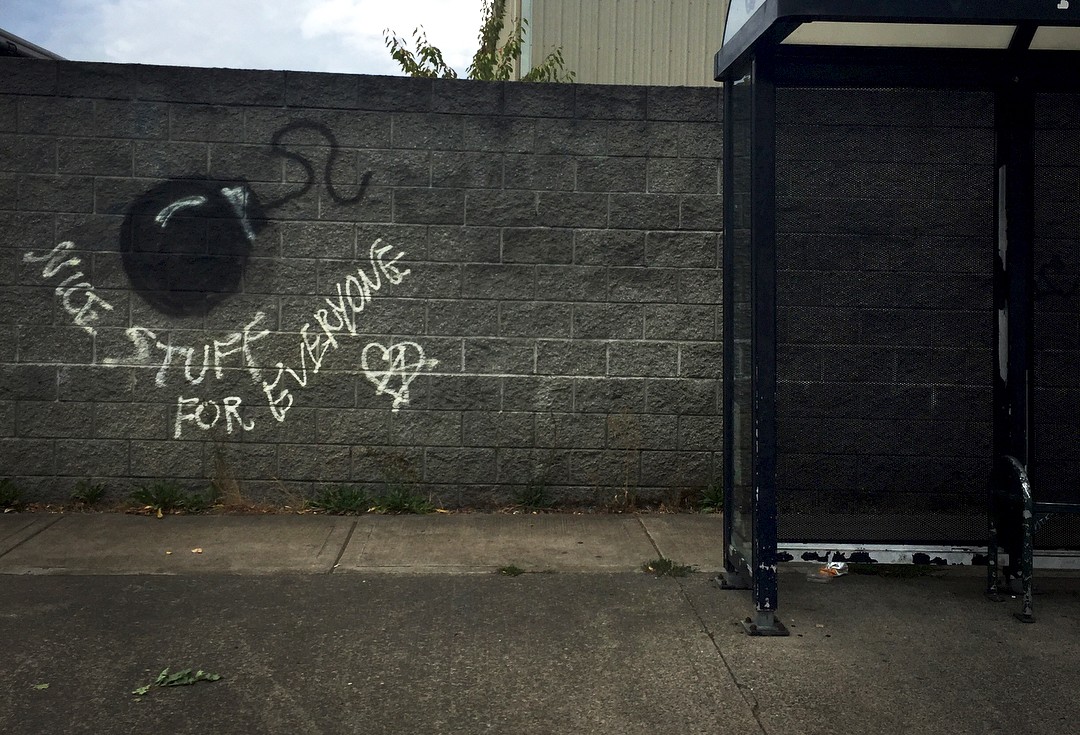
In their final column, VANDALISMS has prepared their most extensive writing to date, including a version of the text formatted as a zine. Instead of embedding social media posts for imagery, images are now directly hosted with credit, and a list of social media accounts for you to check out is included at the bottom.
Did you miss us? It’s certainly been a while since we last wrote. How many times did we prepare to return to this column, sketching out an outline in our heads of what to say, only for another whirlwind of events leave our ideas in the dust. Perhaps it is better this way. We aren’t trying to keep up with the news cycle, or the latest outrage. And when it comes down to it, that’s the point we’re trying to make.
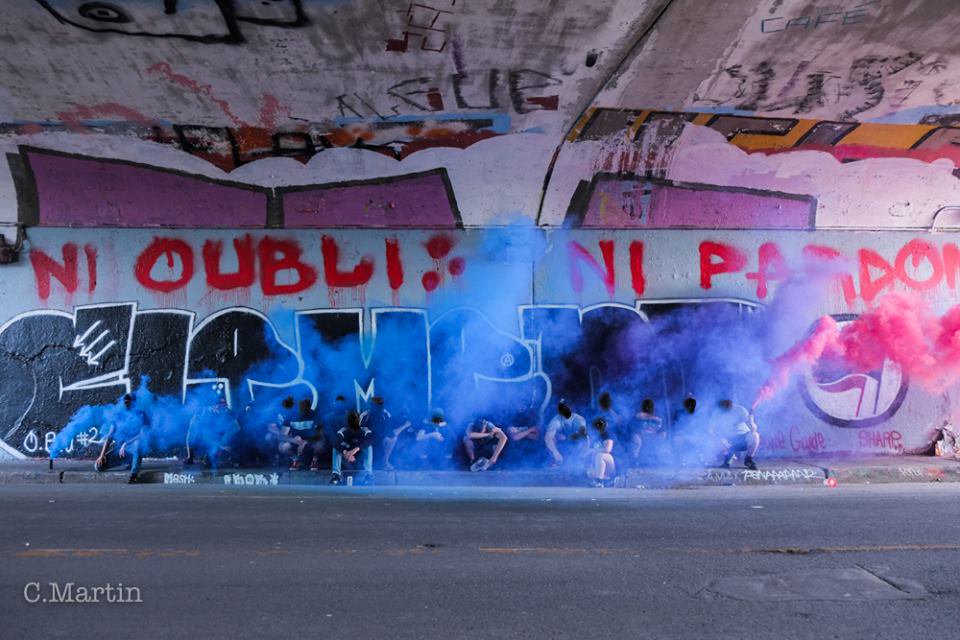
A tribute wall to French anti-fascist Clement Meric, who was murdered by nazis in 2013. @th1an1 / Montreal, Canada
Vandalism can be a tool for engaging with these social movements and issues, but is not contained within them. As we’ve seen this repeatedly summer, such as the outcries against ICE or the 2018 Prison Strike, graffiti can play a prominent role in these moments. But the role it played was (at least partially) expansive.
Graffiti that takes place on the periphery of a social issue is a means of opening the potential of illegal action to those who might not otherwise acknowledge such possibilities. While some might be satisfied to attend a Democrat-organized rally for a few hours, many no doubt share a sense that more can be done. If someone outraged about ICE agents kidnapping families sees a “Fuck ICE” tag, they will probably be more receptive to the tactic than at any other time. This opening of potential allows signals of disorder to resonate much further than they might otherwise—thus why we call it expansive.
We take the term “signals of disorder” from A.G. Schwarz’s essay of the same name:
Because the goal of the State is total social control. Because the trajectory of capitalism is towards the total commercialization of public space. Every time we identify another invasion of State and capitalism into the minutiae of daily life, every time we confront that invasion, we are potentially fighting for revolution. As Authority increasingly manages us at the nano level, the can of spraypaint, the rock, the molotov, deserve the same significance as the AK-47.
Spreading signals of disorder accomplishes a number of things. It increases our tactical strength, as we hone a practice of vandalism, property destruction, public occupation, and rowdiness.
It interrupts the narrative of social peace, and creates the indisputable fact of people opposed to the present system and fighting against it.
Every tag is a bright neon sign that the State is not omnipotent, the police don’t have total control, and that crime is possible, happening, and people are getting away with it.
Even the smallest sharpie tag says that control will never be total. A “Fuck Cops” scribbled on a street pole still signals to others that resistance is possible. Ten “Fuck Cops” tags across a few city blocks signals that at least some folks in that area aren’t too fond of police, and might make someone think twice about calling them.
This is why anti-fascists make propaganda a large component of their work. If a fascist puts up a sticker and that sticker stays up, it means that they’ve found a space where they don’t face any immediate enemies and can feel relatively safe. Making sure fascist propaganda is taken down as soon as possible mitigates this, and replacing it with anti-fascist propaganda has the opposite effect: it reminds them they aren’t safe.

The names of fascist organizers tagged at the location of their planned rally. @berkeleyantifa / San Francisco, CA
Like the hypothetical “Fuck Cops” tags, a density of tags promoting anti-fascist themes signals to fascists (and their sympathizers) that they ought to keep a low profile if they can’t avoid the area altogether. Those lovers of law and order can see that not only are there gaps in police coverage that would protect them, those gaps are being exploited by people committed to ruining their lives.
We could say the same thing about graffiti around gentrification, which is predicated on minimizing the gaps in police coverage in order to make the area appear safe for wealthier individuals to move to, more upscale businesses to open up in, more financial investment to pour into, etc. Every signal of disorder is that much more powerful against such a fragile order.
However, the point is not about a linear escalation of vandalism that will single-handedly bring about revolution, but simple actions most anyone could do that contribute to a multi-faceted struggle. Again, from “Signals of Disorder”:
In a neighborhood where the walls are covered with anarchist posters, beautiful radical graffiti stands alongside all the usual tags, advertisements never stay up for long, the windows of luxury cars, banks, and gentrifying apartments or restaurants are never safe, and people hang out drinking and talking on the street corners and in the parks, our ideas will be seriously discussed outside our own narrow circles, and the state would need a major counterinsurgency operation to have just the hope of uprooting us.
Whenever we can break their little laws with impunity, we show that the State is weak. When advertising is defaced and public space is liberated, we show that capitalism is not absolute.
Vandalism can be about marking out a territory. Highlighting the gaps in police coverage, gaps which we can occupy and expand.
On this note, we turn to Tom Nomad, who’s excellent book The Master’s Tools helps illuminate precisely what these gaps are:
For example, if we look at any large police force, break it down by shift, subtract those with desk jobs, and compare the resulting number to the space that is policed within the department’s jurisdiction, it is easy to see how spatially limited police actually are. This spatial limitation is then supplemented by surveillance cameras, patrol routes, citizen snitch organizations (Neighborhood Watch, auxiliary police, etc), and informants, to structure a general sense of deterrence. But for all the money that police departments are given every year, and for all the fancy equipment that they buy with this money, for all the tacit and coerced support that they may have, their ability to project is still incredibly limited.
Later, he adds:
What this means is that, regardless of the fear that cops strike into the hearts of many, there are always gaps, there is always crisis.
No matter how many eyes and ears the state seems to have, it can never truly create total control.
This isn’t an end in itself, however. Tom Nomad writes that we need to
…amplify this crisis rather than accepting it as static, something outside of our engagement, that only opens the way for isolated actions.
Vandalism is limited, no doubt, when it comes to engaging with this crisis of policing. This will require a much broader range of tactics. But we focus on vandalism because it plays such a large role in these signals of disorder in the first place. Graffiti is perhaps the most visible way to show that there is no such thing as total control, in addition to being relatively low-risk.
However, vandalism is also a means to expose ourselves to how these mechanisms of control function. It is perhaps that only through writing graffiti that one can really become attuned to how the state attempts to prevent it. A sudden alertness to a potential witness’s lines of sight, always checking for possible surveillance cameras, a sensitivity to how bright the street lamps really are. A bush has never seemed like such an obstacle before one has to reach over it to spray paint a wall.
As Tiqqun write in “A Critical Metaphysics Could Emerge As A Science Of Apparatuses”:
Those who flow into the apparatus don’t notice the music, their steps stick too close to the rhythm to hear it distinctly.
The criminal, on the other hand, learns “to unsync internal and external tempos, to split, to layer one’s conscience, being at once mobile and static, on the lookout and deceptively distracted.” They describe crime as “a recovery of oneself as a body in space.” For Tiqqun, this is “the physical awareness of space and environment,” such as “the extreme attention of the body illicitly on the subway, alert to the slightest sign of ticket inspectors”, or the thief’s intense awareness of a store’s “cameras, its security guards, the security guards’ gaze, the sightlines, the other customers, the way the other customers look.” Tiqqun writes that this is a “necessary experience” of learning how these different forms of social control actually operate on oneself, in order to undermine and subvert them.
It’s not surprising then, “that the graffiti writers were kind of like the Bay Area version of the soccer hooligans in Egypt, they kind of played a central role” in the 2014 riots in the Bay Area in response to the non-indictment of Darren Wilson, according to an interview with Keep Hoods Yours, a San Francisco-based graffiti crew.
In riots like these, gaps in police coverage explode massively, and create spaces that, while temporally and spatially limited, are somewhat autonomous. We might even say a riot is the lived experience of collectively occupying and expanding a gap or gaps in police coverage.
What we won’t say is that writing graffiti leads to riots. It doesn’t. But being familiar with such tactics will put one in a better position when windows of possibility for more generalized unrest open up.
And what happens from there is anybody’s guess.
Get going!
The following is a list of public Instagram accounts, none of which are associated with this column. However, they all are primarily devoted to the documentation of vandalism in their region from a more or less explicitly radical perspective like ours.



